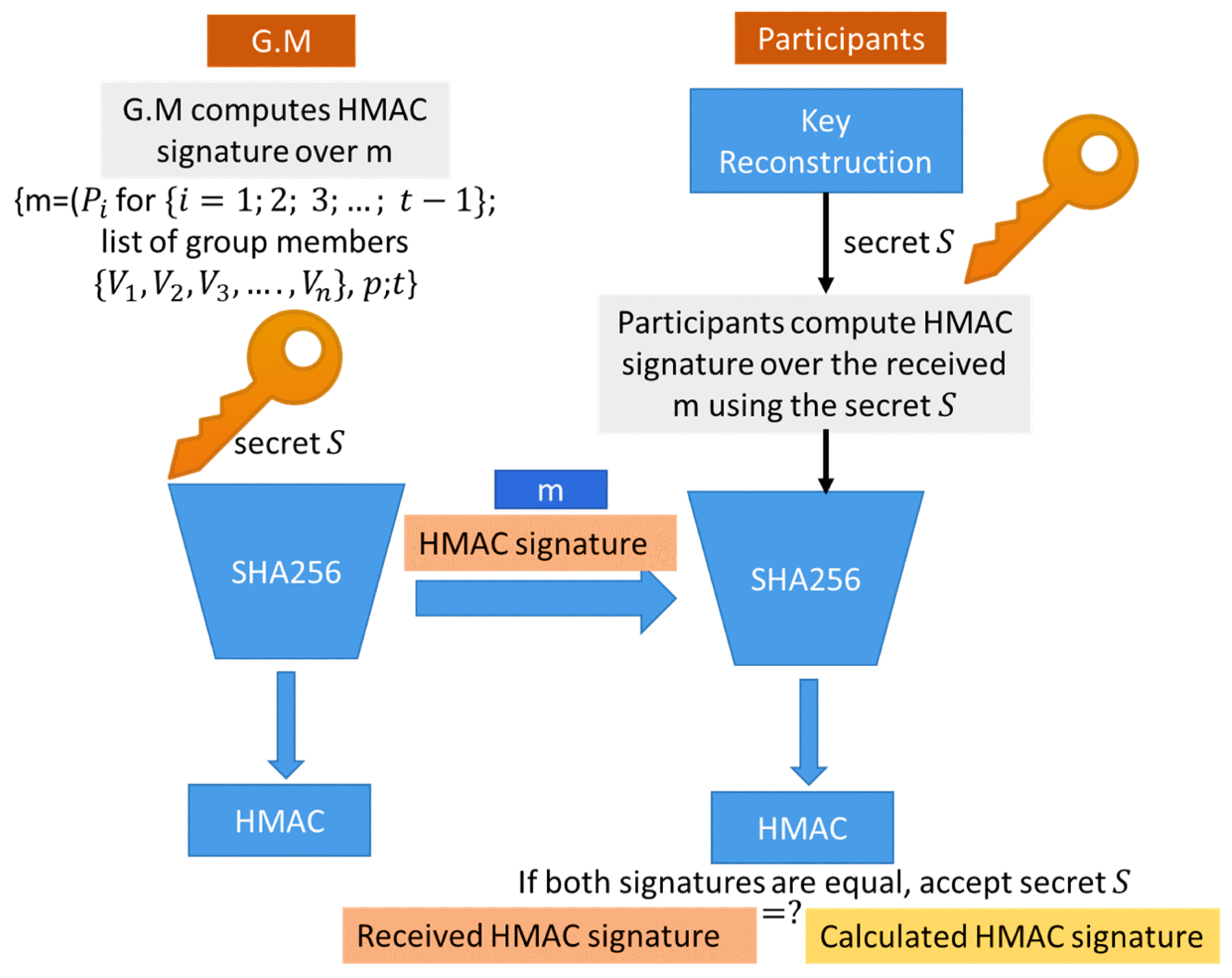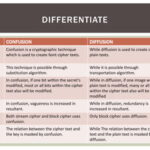HMAC, or Hash-based Message Authentication Code, is an essential cryptographic mechanism that combines a cryptographic hash function with a secret key to provide integrity and authenticity for messages. Understanding how HMAC secret keys work and why they matter becomes crucial in a world where data breaches and cyber threats are ubiquitous. This article will delve into the inner workings of HMAC secret keys, their significance, and their application across various domains.
At its core, HMAC is designed to verify both the data integrity and the authenticity of a message. It accomplishes this by utilizing a secret key alongside a hash function, such as SHA-256 or SHA-512. The construction of an HMAC involves two main components: the message itself and the secret key. By processing these two elements through a specified algorithm, HMAC generates a fixed-size output, known as a tag or code, that is unique to the combination of the input parameters.
The process starts with the secret key being padded to fit the block size of the hash function used. This ensures that even if the original key is short, it can still fit within the requirements of the hashing algorithm. Following this, the key undergoes two hash operations: first, the key concatenated with the message is hashed, and then the hash is hashed again combined with the manipulated key, producing the final HMAC output. This intricate procedure makes HMAC not only robust against tampering but also vigorously resistant to collision attacks, where different inputs generate the same hash output.
One of the paramount advantages of HMAC is its versatility. HMAC can be seamlessly integrated with various hash functions, providing flexibility in selecting an appropriate algorithm based on security requirements. For instance, while SHA-256 is widely adopted due to its robustness, some applications might employ MD5 for legacy systems demand. This adaptable nature allows developers to choose a suitable intersection between performance and security based on their specific needs.
Furthermore, the security of HMAC is fundamentally tied to the secrecy of its key. If the key is compromised, an adversary could forge valid HMACs for malicious messages. Therefore, the generation, storage, and management of the secret key are vital to maintaining the integrity of any system employing HMAC. It is imperative to utilize strong, unpredictable keys, adhering to best practices such as using a cryptographic random number generator. This tactic minimizes the risk of brute-force attacks, where an attacker systematically guesses the key until the correct one is found.
HMAC secret keys become particularly significant in environments requiring secure communication channels amidst potential eavesdroppers. For example, in API authentication, where services must validate the authenticity of incoming requests without exposing sensitive data, HMAC provides an efficient mechanism. By appending an HMAC to each request, the server can verify the integrity of the message and authenticate the source, thus mitigating unauthorized access or data tampering attempts.
Moreover, HMAC is widely leveraged in the creation of secure tokens for web applications and mobile platforms. In these scenarios, the HMAC can be embedded within a token to ensure its validity. When the token is received by the server, the embedded HMAC is recalculated using the secret key and compared against the received value. If they match, the token is accepted; otherwise, it is rejected. This process bolsters security, as it provides a resilient verification mechanism against token forgery.
Furthermore, HMAC serves a critical role in digital signatures. While digital signatures primarily use asymmetric cryptography, HMAC enhances their integrity. By integrating an HMAC with the signed data, the recipient can validate both the authenticity of the signed content and ensure it has not been altered during transmission. This dual-layer protection reinforces trust in digital interactions, making it indispensable in sectors such as finance, healthcare, and government communications.
A vital consideration when implementing HMAC is the prevention of replays. Since HMAC does not inherently provide non-repudiation or uniqueness, additional measures must be adopted to thwart replay attacks. This often involves incorporating timestamps or nonce values into the message before the HMAC computation, ensuring that each request remains distinct, thereby thwarting any attempt to reuse old messages maliciously.
In summary, HMAC secret keys are foundational to robust cryptographic security, blending the computational efficiency of hash functions with the rigor of secret keys. Their multifaceted applications stretch across numerous domains, from securing API communications to fortifying digital signatures. As threats in cyberspace continue to evolve, understanding the mechanics and relevance of HMAC becomes paramount. The importance of diligent key management and choosing appropriate cryptographic practices cannot be overstated, as they form the bulwark against the ever-present threats that jeopardize digital transactions and communications. By embedding HMAC into the framework of modern cryptography, we can create resilient systems capable of withstanding varied attacks while preserving data integrity and authenticity.









Leave a Comment